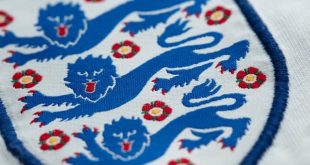At the start of the year, Oeko-Tex updated its existing guidelines as well as the valid test criteria and limit values for certifications and services – in line with consistent consumer protection and the sustainability of textiles.
Following a transition period, all new regulations will come into effect on April 1. An overview of the most important changes is given below.
- Made in Green by Oeko-Tex now includes leather products.
Leather articles labelled with Made in Green have been tested for harmful substances in accordance with the Leather Standard and have been produced in environmentally friendly facilities in socially acceptable workplaces in accordance with STeP. This ensures that consumers can also track leather goods such as clothing, shoes or furniture using a unique product ID or the specific QR code on the label to learn which countries and production facilities the article was produced in. To monitor compliance of the required criteria on site in the production facilities, Oeko-Tex also conducts checks of production facilities with trained auditors. Made in Green has been classified by Greenpeace as one of the most stringent labels on the market. - New additions to the limit value catalogues.
After one year of observation, the carcinogenic N-nitrosamines and N-nitrosables substances have been included in the Standard 100 and the Leather Standard. Following one year of observation, the herbicide glyphosate and its salts have also been included in the limit value catalogue for the Standard 100. Specific limit values for the total content of the toxic heavy metals arsenic and mercury have also been defined in the Standard 100 and Leather Standard. The stringent requirements for residues in textile materials will lead to an overall lower impact on the environment, workers and consumers. - New substances under observation.
In 2020, Oeko-Tex will observe various new substances based on the latest scientific findings and conformity with precise specifications. This primarily concerns some substances newly classified as SVHC, which, according to the REACH regulation for the protection of human health and the environment, have been identified as having particularly hazardous characteristics, as well as substances from the group of arylamines. However, various dyes, pesticides and perfluorinated compounds will also be examined carefully in the future. - Integration of Detox to Zero in STeP by Oeko-Tex.
Safe handling of chemicals and wastewater testing in production facilities have long been important parts of STeP certification. To manage the increasingly complex demands in textile and leather production, Detox to Zero will be an obligatory element for STeP-certified facilities using large quantities of water and chemicals (wet plants). A positive aspect of the new regulation is the future conformity of STeP with the Manufacturing Restricted Substance List (MRSL), the Zero Discharge of Hazardous Chemicals (ZDHC) (Initiative and the criteria for the Greenpeace Detox campaign.
 Printwear & Promotion The Total Promotional Package
Printwear & Promotion The Total Promotional Package




